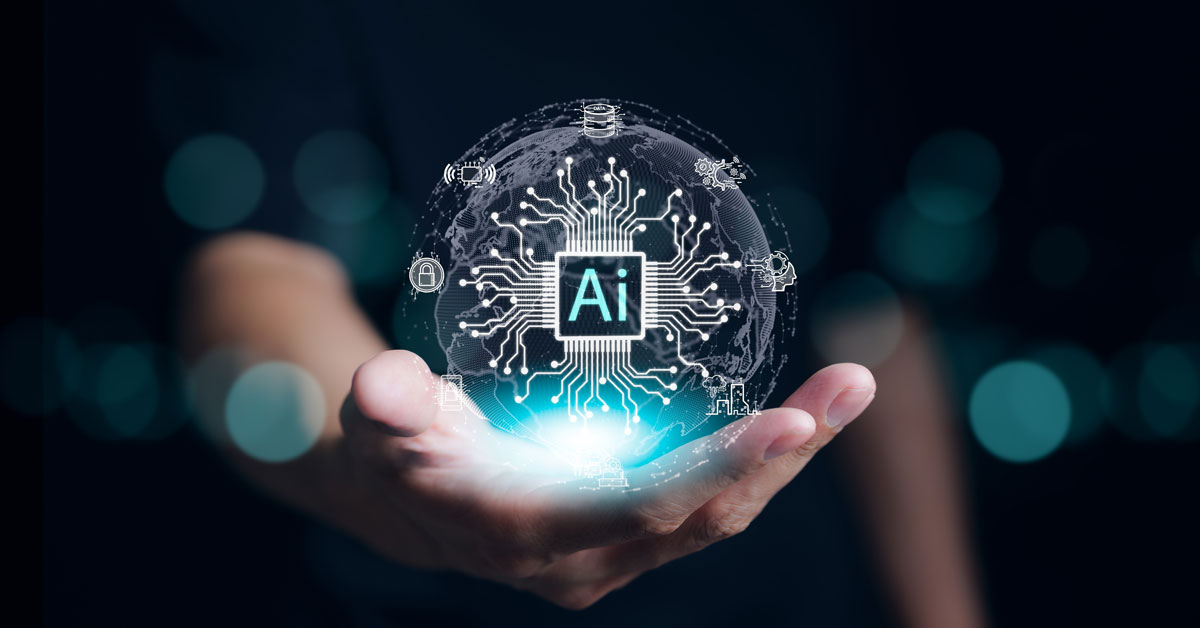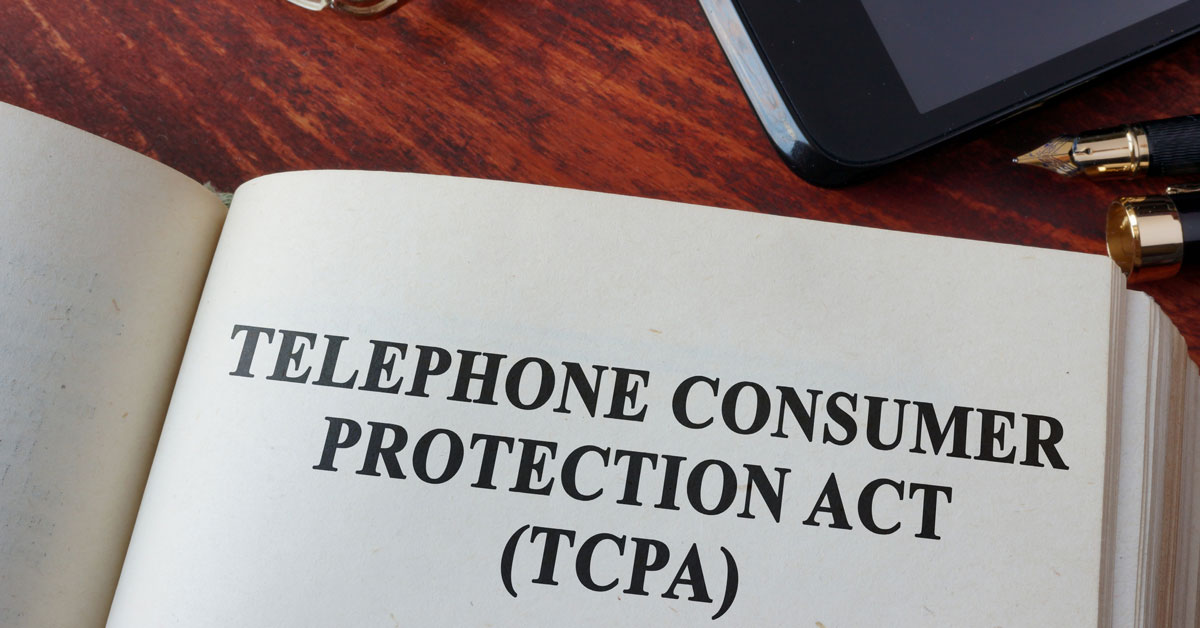Can AI Creations be Protected by Copyright?
Can an AI create something copyrightable? Under current law the answer is no, not without humans being involved in the process. The D.C. Circuit recently ruled in Thaler v. Perlmutter, following longstanding principles of copyright law, that an author must be a human. This sets an important precedent for copyright lawyers working on cases dealing with AI. It’s important to understand this case and others like it to determine when copyright infringement is taking place.
What is the Copyright Term Length?
The statutory definition of copyright is to protect original works of authorship that are fixed in a tangible medium of expression. Although the Copyright Act does not define an author, it’s interpreted to mean either a human author or a legal entity like a corporation. The length of the copyright term is defined by the life of the author, currently life plus seventy-five years, except for cases of works made for hire which are 95 years from publication or 120 years from creation, whichever is shorter. An example of this rule is the case of Naruto v. Slater[1], where a monkey who took a famous selfie was deemed not to be an author because he was not human. The photographer who set up the scenario where the photograph was taken was also not the author, because he did not take the photograph.
Thaler v. Perlmutter
In Thaler v. Perlmutter, Dr. Thaler created an AI engine that he calls the “Creativity Machine.” The Creativity Machine was used to create artwork that Thaler sought to register with the Copyright Office. He listed the Creativity Machine as the author. After the Copyright Office denied registration, he appealed to the U.S. District Court for the District of Columbia, which also denied registration. He then appealed to the D.C. Circuit and was again denied registration.
Guidance Following Thaler v. Perlmutter
Recent guidance from the Copyright Office requires human authorship in some fashion when the work is created with AI assistance. Copyright does not extend to works that are entirely created by AI, or where there is insufficient human involvement in the creative process. Merely preparing a prompt that is carried out by the AI is likely not enough, but the Office will consider cases on an individual basis. For example, in one case where a prompt was given along with a sketch created by a human, registration was granted to the portion of the resulting work attributable to the sketch. Also, if the human takes AI-generated elements and adds creative elements such as arrangement or selection, then copyright could exist in those creative elements.
This evolving area is fact specific, and seeking legal advice is recommended. For a consultation on specific questions, please contact Kevin Thompson through our website.



